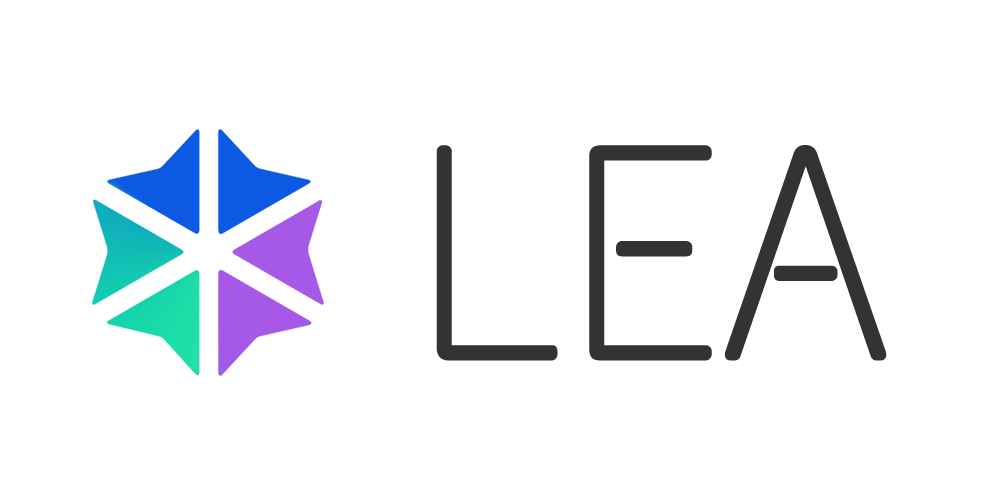
The LEA Blockchain: A Whitepaper
This document provides a comprehensive technical overview of the LEA blockchain, a next-generation Layer 1 protocol designed for modularity, security, and verifiable state compression.
Table of Contents
- Abstract
- A high-level executive summary of LEA’s architecture and vision.
- Introduction: The Modular Blockchain Paradigm
- The core vision and philosophy behind LEA.
- Principles: Minimal Base Layer, Developer-Centric Execution, and Future-Ready Design.
- Core Architecture: Consensus, Execution, and PODs
- Detailed breakdown of the separation of consensus and execution.
- The role of the LEA Chain as a minimal ordering service.
- The function of Decoders as programmable transaction interpreters.
- The concept of Programmable Object Domains (PODs) as modular execution environments.
- The Transaction Lifecycle: Signature Chaining
- In-depth explanation of the
prev_tx_hashmodel. - How signature chaining provides inherent replay protection and verifiable history.
- The structure of a standard transaction envelope.
- In-depth explanation of the
- State Model: On-Chain State & Verifiable Compression
- How state is stored and managed on-chain within contracts.
- The role of zk-STARKs for compressing state verification, not deleting state data.
- How this model solves the data availability problem while enabling ultra-fast node synchronization.
- Security Layer: PQC, Account Abstraction, and Gas
- Post-Quantum Cryptography (PQC): How Decoders enable algorithm agility.
- Native Account Abstraction: The dual-identity system (permanent address vs. on-chain keys) that allows for key rotation and social recovery.
- Gas Metering & DoS Prevention: Ensuring network stability regardless of Decoder complexity.
- Fee & Governance
- The utility of the native $LEA coin.
- POD-level token autonomy and programmable fee models (including fee sponsorship).
- The dual governance structure: protocol-level and POD-specific.
- Tokenomics
- A detailed breakdown of the $LEA token distribution, utility, and economic model.
- Use Cases: Programmable Object Domains (PODs)
- Detailed examples of PODs: RWA, Privacy, zkApps, DAO Governance, and more.
- How PODs can interoperate or remain isolated.
-
Developer Ecosystem & Tooling - The process of building and deploying a POD. - The LEA SDK, CLI, and other tools for developers.
- Competitive Positioning
- A summary of LEA’s advantages over existing blockchain solutions.
- Roadmap
- The phased plan for mainnet activation, consensus integration, and ecosystem growth.
- Team & Contributors
- Information on the core team driving the project.
- Legal Classification and Compliance
- An analysis of the legal status of the protocol and its assets.
- Risk Factors
- A transparent overview of potential technical, market, and operational risks.
- Glossary
- Definitions of key technical terms used in the whitepaper.
License
This work is licensed under the MIT License. See the LICENSE file for details.